
Beauty Inspired by Nature
As pioneers of responsible development, from the very beginning — and with a long-term vision — Clarins’ values have been rooted in an abiding respect for nature and the environment.
As a global company, we are committed to creating a more beautiful future in every corner of the world by getting behind local grassroots and practical initiatives that advance local communities, and protect the planet.
We have partnered with PUR to help preserve biodiversity, and support farmers in Lake Champlain, Vermont.
Learn more about the program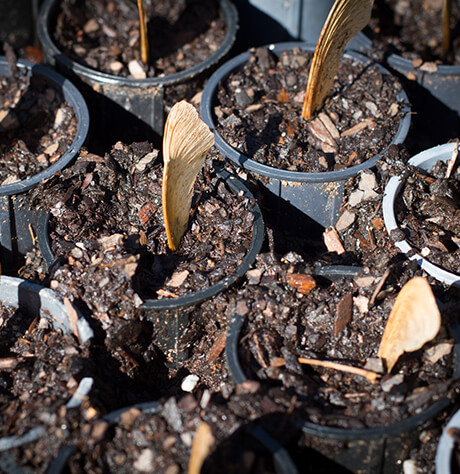
Our Partnership with PUR

Since 2011, Clarins has teamed up with PUR on a number of programs to help preserve biodiversity — supporting communities in countries such as Peru, Brazil, China and Thailand — by contributing to reforestation with the planting of over 800,000 trees* globally. PUR's holistic approach to sustainability makes them the perfect partner to further our commitment to responsible development abroad, and in the US.
Over 800,000+ trees planted globally since 2011*

Christian Courtin-Clarins, Chairman of the Board

Christian Courtin-Clarins, Chairman of the Board

Program Benefits
Together with PUR and Vermont farmers, Clarins is practicing agroforestry to preserve productive ecosystems, and help them adapt to climate change. Agroforestry is a powerful tool to help restore degraded ecosystems and protect biodiversity.
Here are some of the benefits of the program.

Indigenous Species Protection
Many of the tree species being introduced in our Vermont project are indigenous trees that saw their populations decimated by pests. These newly planted trees help maintain and support the diversity of the Vermont flora, while being selected for pest resistance.
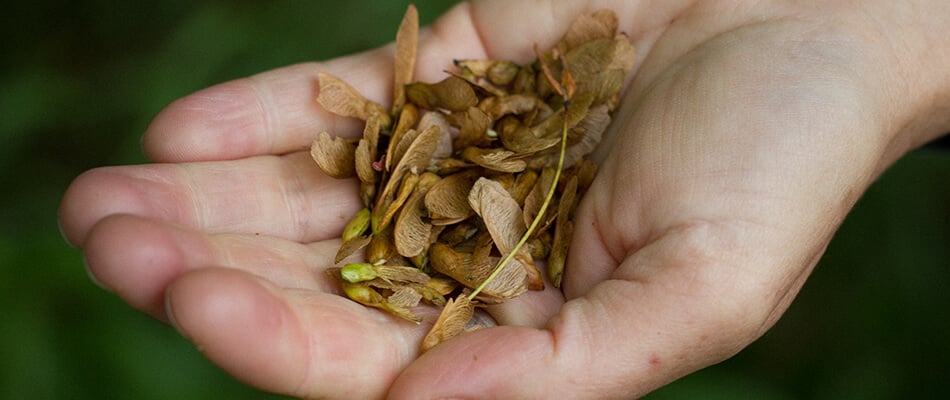
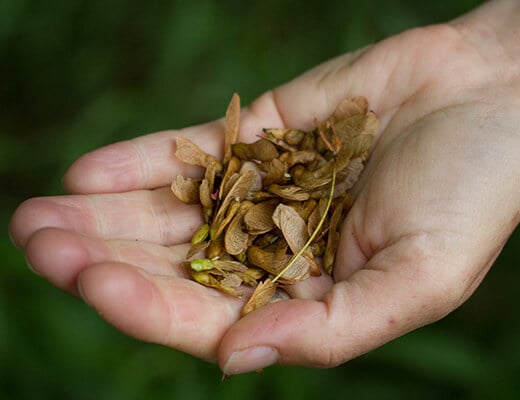
Soil Protection
Trees contribute to organic soil carbon and nutrients through the provision of leafy and woody detritus, helping to produce top soils, and enrich below ground soil. Tree roots and above ground structures also help to stabilize soils — reducing risk of landslides, mudflows, and coastal erosion.

Water Conservation
Tree canopy acts to physically slow and disperse rain water, increasing soil water infiltration, and ground water resources. Through root growth, trees also help increase soil water-holding capacity, which reduces the overall volume of storm water and the chance for soil loss.

Pest Management
Forest ecosystems are important for regulating pests and preventing diseases that attack plants, animals, and people. For example, in the Northeast, insects and mite pests have affected the dairy industry. By providing further habitat for predators and parasites — such as birds, flies, frogs and fungi — trees can help support the natural activity of insect and mite predators, reducing or eliminating the need for pesticides.
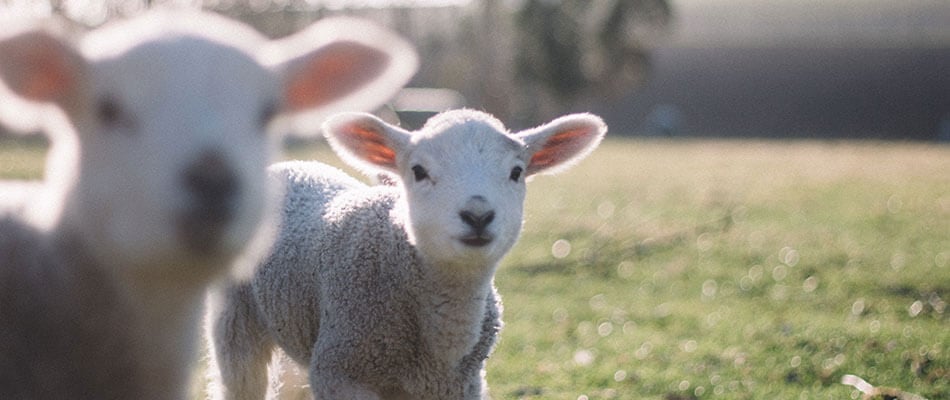

Animal Welfare
By providing wind breaks, protection from the elements, and visual barriers to roads and other stressors, properly planted trees can provide shelter and important stress reduction for livestock. Tree crops can also be used as a source of natural grazing fodder, or harvested for use in engineered fodder.
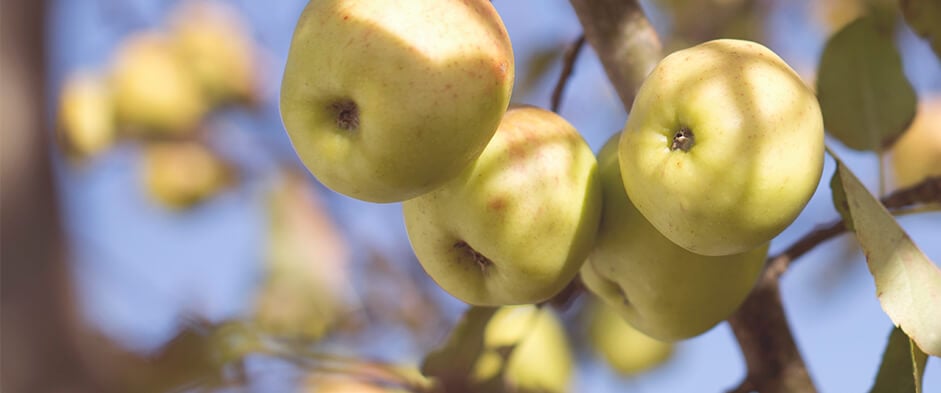
Farmer Income Diversification
New tree crops such as apple, sugar maple, and nuts provide farmers with an additional source of income which requires little to no annual maintenance outside of harvesting. Local communities can also benefit from new economic activities, such as increased tourism to visit fruit picking farms, and increased employment opportunities.

